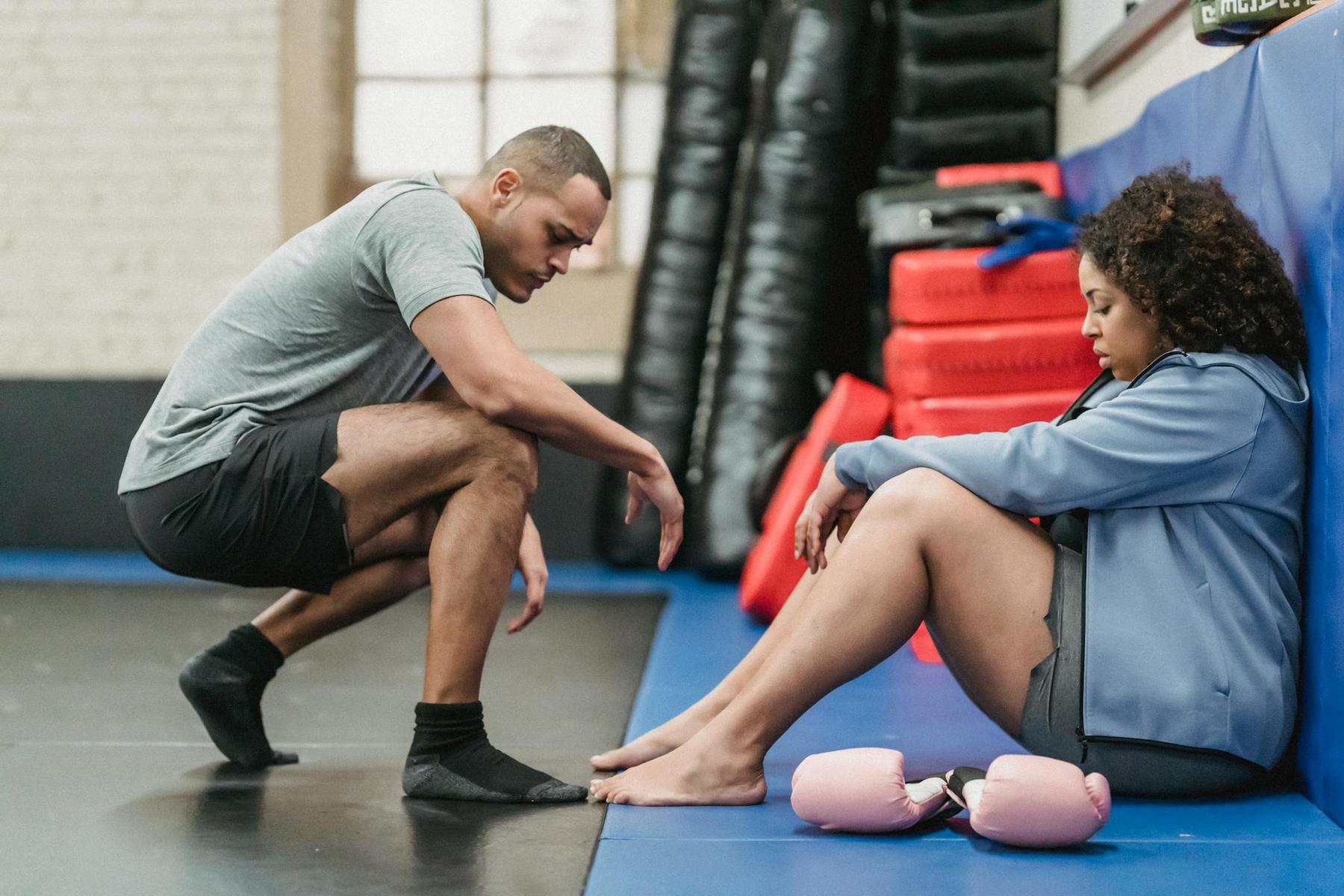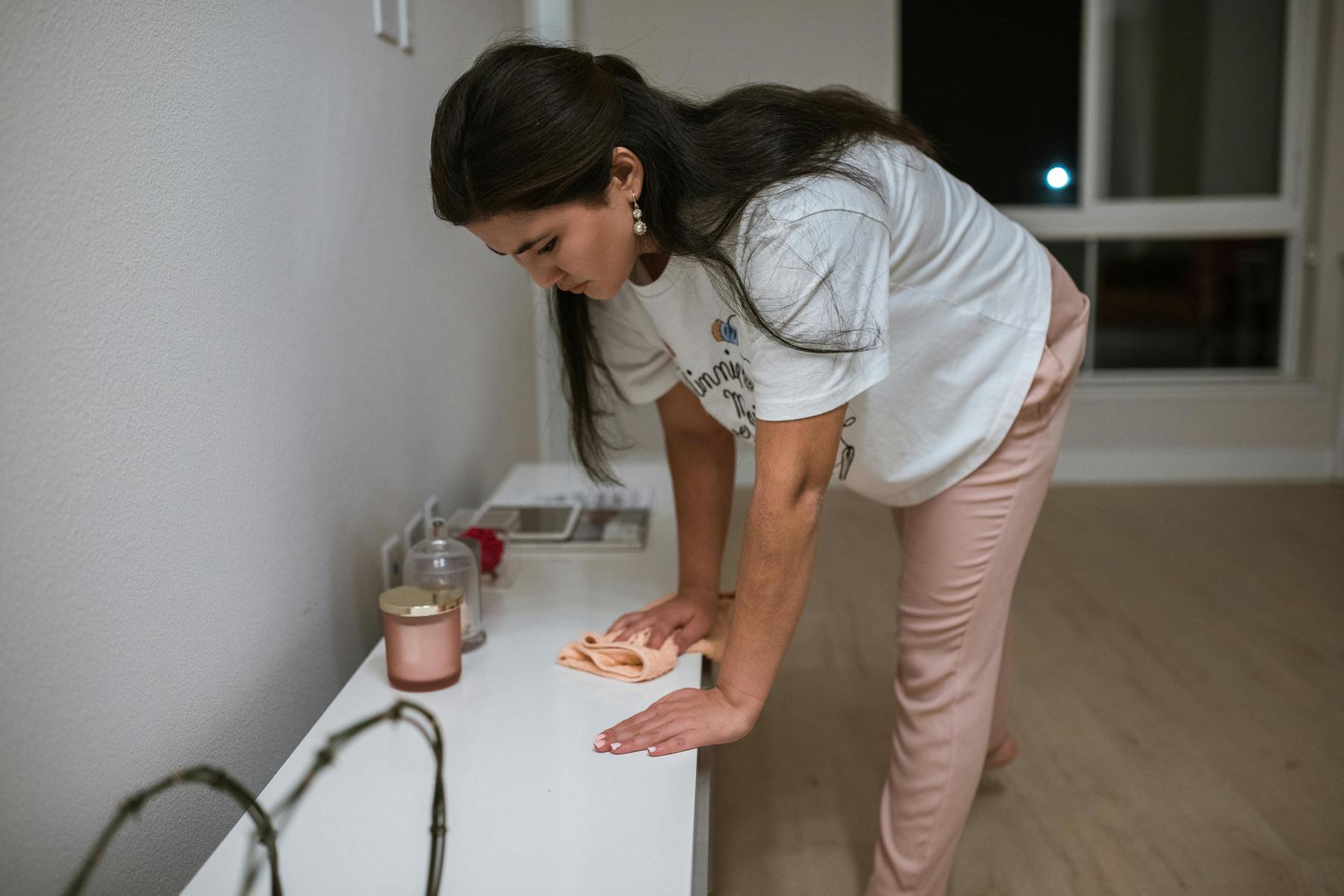Finding the perfect personal trainer is much like selecting a healthcare provider—it requires careful consideration of qualifications, compatibility, and approach. With the Australian fitness industry evolving rapidly, the right professional can dramatically accelerate your progress, while the wrong match can lead to frustration, wasted resources, and potentially even injury. Whether you’re aiming for weight management, strength building, or improved mobility, understanding how to evaluate potential trainers is essential for achieving your goals.
Why Is Defining Your Fitness Goals Essential Before Selecting a Personal Trainer?
Before beginning your search for a personal trainer, clarifying your specific objectives creates the foundation for a successful partnership. Research indicates that trainers who conduct detailed initial assessments—covering medical history, previous injuries, and lifestyle habits—achieve significantly higher client success rates. This preliminary clarity ensures you select a professional with expertise aligned to your particular needs.
“The specificity of your goals directly influences the expertise needed from your trainer,” explains industry research. “Clients seeking weight management require trainers skilled in metabolic conditioning and behavioural coaching, as effective fat loss depends on both exercise and dietary adherence.”
Your fitness goals might include:
- Weight management through balanced approaches
- Muscle building and strength development
- Rehabilitation from injury or managing chronic conditions
- Sport-specific performance enhancement
- General wellness and mobility improvement
A comprehensive trainer should inquire about sleep patterns, stress levels, and nutritional habits to develop holistic programs tailored to your unique circumstances. This thoroughness distinguishes qualified professionals from those offering generic, one-size-fits-all approaches that rarely yield noticeable improvements.
What Qualifications Should You Look for in an Australian Personal Trainer?
The Australian fitness industry maintains rigorous standards that protect consumers and ensure minimum competency levels. Understanding these credentials helps you distinguish between properly qualified professionals and those with insufficient training.
Mandatory Australian Certifications
In Australia, legitimate personal trainers must hold specific qualifications:
| Certification | Required For | Key Components | Accrediting Bodies |
|---|---|---|---|
| Certificate III in Fitness (SIS30321) | Gym instructors | Basic anatomy, group fitness instruction, health screening | Registered Training Organisations (RTOs) |
| Certificate IV in Fitness (SIS40221) | Personal trainers | One-on-one training, program design, risk management, nutrition foundations | Fitness Australia |
| First Aid & CPR | All fitness professionals | Emergency response protocols | Recognised providers |
These certifications ensure your trainer possesses fundamental knowledge of exercise physiology, proper technique, and safety protocols. To verify credentials, request documentation or check registration with Fitness Australia, which maintains a database of certified professionals.
“Reputable accrediting bodies include Fitness Australia, which mandates ongoing CPR and first-aid training for membership. Consumers should verify certifications via government-registered training organizations (RTOs), as unaccredited courses lack practical assessment components.”
Specialisations and Continuing Education
For specific fitness goals, look for trainers with additional qualifications:
- Strength and conditioning: Level 1 Strength and Conditioning Certification (ASCA) for performance-oriented training
- Special populations: Certifications for working with prenatal clients, seniors, or those with chronic conditions
- Rehabilitation: Exercise physiology qualifications or physiotherapy backgrounds for injury recovery
Equally important is a trainer’s commitment to ongoing education. Professionals attending regular workshops on topics like biomechanics, nutrition science, or telehealth delivery demonstrate dedication to evidence-based practice and staying current with industry developments.
How Do You Assess Compatibility with a Potential Personal Trainer?
The trainer-client relationship significantly impacts adherence and outcomes. Beyond technical knowledge, interpersonal dynamics play a crucial role in your fitness journey.
Communication Styles and Training Methodologies
Different trainers employ varying motivational approaches—some use data-driven feedback with precise metrics, while others focus on emotional support and encouragement. Consider your preference:
“Clients preferring structured, data-driven feedback may thrive with trainers using body composition scanners like Evolt 360, while others benefit from empathetic coaching focused on intrinsic motivation.”
During initial consultations, evaluate how the trainer:
- Listens to your concerns and adapts to your feedback
- Explains complex concepts in accessible language
- Balances pushing your limits while respecting boundaries
- Adjusts communication style to match your preferences
Red flags include trainers who dominate conversations, dismiss your input, pressure you into purchasing supplements, or seem distracted during sessions. These indicators suggest potential communication issues that could undermine your progress.
Program Customisation and Injury Prevention
Qualified trainers design programs accounting for individual limitations and injury history. For instance, clients with knee conditions should receive modified exercises emphasising joint stability rather than high-impact movements.
“Regular form assessments via video analysis—a staple of telehealth platforms—reduce injury risks by 42% compared to unsupervised workouts.”
Ask prospective trainers how they handle:
- Adaptation of programs based on daily energy levels
- Progression methodologies as fitness improves
- Integration of recovery protocols
- Monitoring techniques for tracking progress
These questions reveal a trainer’s flexibility and client-centred approach, essential qualities for continued progress.
What Should You Expect to Pay for Quality Personal Training in Australia?
Understanding industry pricing structures helps establish realistic budget expectations while avoiding both overpriced services and suspiciously cheap options that might compromise quality.
Current Australian Market Rates
Personal training costs in Australia vary considerably based on several factors:
- One-on-one sessions: $50–$120 per hour
- Semi-private sessions (2-4 clients): $30–$50 per person per hour
- Mobile trainers (travelling to your location): Premium of 15-30% above standard rates
- Specialised trainers (sports conditioning, rehabilitation): Higher rates reflecting additional expertise
Location significantly influences pricing, with CBD trainers typically charging more than suburban professionals. Packages offering 10+ sessions commonly include 15-20% discounts compared to single-session rates.
Evaluating Value Beyond Price
The cheapest option rarely provides the best value. Consider what services are included:
“Investing in qualified trainers yields measurable health returns: studies correlate 12-week training programs with 18% improvements in cardiovascular health and 23% reductions in chronic pain incidence.”
Comprehensive trainers often provide:
- Detailed assessments beyond basic measurements
- Program adjustments between sessions
- Nutritional guidance within their scope of practice
- Digital support through dedicated apps
- Progress tracking using multiple metrics
When comparing costs, evaluate the full service offering rather than hourly rates alone. A slightly higher investment in a more qualified professional typically yields better outcomes and reduces injury risk.
How Can Telehealth and Hybrid Training Models Benefit Your Fitness Journey?
The integration of technology into fitness coaching has revolutionised service delivery, creating new opportunities for personalised support regardless of location or schedule constraints.
Advantages of Technology-Enhanced Training
Modern telehealth platforms enable comprehensive fitness coaching through:
- Real-time form assessment via video conferencing
- AI-driven posture analysis for technique correction
- Wearable device integration for continuous monitoring
- Secure messaging for between-session support
- Digital workout libraries with demonstration videos
“Australians in rural regions report 34% higher adherence rates with hybrid training (combining in-person and virtual sessions) due to reduced travel burdens.”
This accessibility particularly benefits those in regional areas, individuals with demanding schedules, or clients with mobility limitations who previously faced barriers to accessing qualified trainers.
Selecting Telehealth-Competent Trainers
Not all personal trainers effectively leverage technology. When considering virtual or hybrid options, evaluate:
- The trainer’s familiarity with telehealth platforms
- Their ability to demonstrate and correct exercises remotely
- Equipment adaptation skills for home-based workouts
- Tech troubleshooting capabilities
- Privacy protocols for handling your health information
Trainers should comply with professional telehealth guidelines, including obtaining informed consent and ensuring data security. Sessions typically begin with technology setup checks to optimise the virtual experience.
Making Your Final Decision
Selecting the right personal trainer ultimately requires balancing multiple factors—credentials, compatibility, cost, and convenience. The ideal professional combines technical expertise with communication skills suited to your preferences.
Consider arranging trial sessions with 2-3 potential trainers to experience their approaches firsthand. Most qualified professionals offer initial consultations at reduced rates, providing a low-risk opportunity to assess chemistry before committing to longer programs.
Remember that the most effective trainer-client relationships evolve over time. Regular feedback and open communication ensure your program continues to align with your changing needs and progressing fitness level. The right trainer will welcome this dialogue and adapt accordingly.
By applying these evaluation criteria and trusting your instincts, you can identify a personal trainer who not only possesses the technical skills to guide your fitness journey but also the interpersonal qualities to make that journey both effective and enjoyable.
How often should I meet with my personal trainer to achieve optimal results?
The ideal frequency depends on your goals, budget, and self-management capabilities. Most trainers recommend 2-3 sessions weekly during initial phases to establish proper form and routine, transitioning to 1-2 weekly sessions for maintenance. Research indicates that consistency rather than intensity predicts ongoing adherence. Some clients benefit from a hybrid approach, combining weekly in-person sessions with trainer-guided independent workouts or telehealth check-ins to maximise accountability while managing costs.
Can personal trainers help with weight management beyond exercise routines?
While personal trainers cannot provide medical nutrition therapy, qualified professionals understand the fundamental relationship between exercise and nutrition for weight management. Many trainers offer general nutritional guidance within their scope of practice, including meal timing strategies, hydration recommendations, and basic macronutrient education. For complex weight management concerns, trainers should work collaboratively with healthcare providers, potentially including doctors specialising in weight management, dietitians, and psychologists to address the multifaceted nature of weight management.
What questions should I ask during an initial consultation with a personal trainer?
Key questions include: How will you customise programs to my specific goals? What assessment methods do you use to track progress? How do you handle program modifications if exercises cause discomfort? What continuing education have you completed in the past year? How do you structure payments and cancellations? Can you provide references from clients with similar goals? These questions reveal the trainer’s approach to programming, commitment to professional development, business practices, and track record with comparable clients.
Is online personal training as effective as in-person sessions?
Research indicates online training can be equally effective when properly implemented. Studies show Australians using hybrid models (combining virtual and in-person coaching) report 34% higher adherence rates compared to exclusively in-person training, primarily due to increased convenience. Effectiveness depends largely on the trainer’s virtual coaching skills, technology utilisation, and your self-motivation. Online training excels for clients with established exercise experience, while beginners with complex movement patterns might initially benefit from some in-person guidance before transitioning to virtual formats.
How long should I expect to work with a personal trainer to see results?
Timeframes vary significantly based on starting fitness levels and specific goals. Generally, clients report noticeable improvements in energy and functionality within 2-4 weeks of consistent training. Measurable strength gains typically emerge within 6-8 weeks, while significant body composition changes usually require 8-12 weeks of combined exercise and nutritional adherence. The most successful clients view personal training as an ongoing educational process rather than a temporary intervention, gradually reducing frequency as they develop independence while maintaining periodic check-ins for program refinement.



